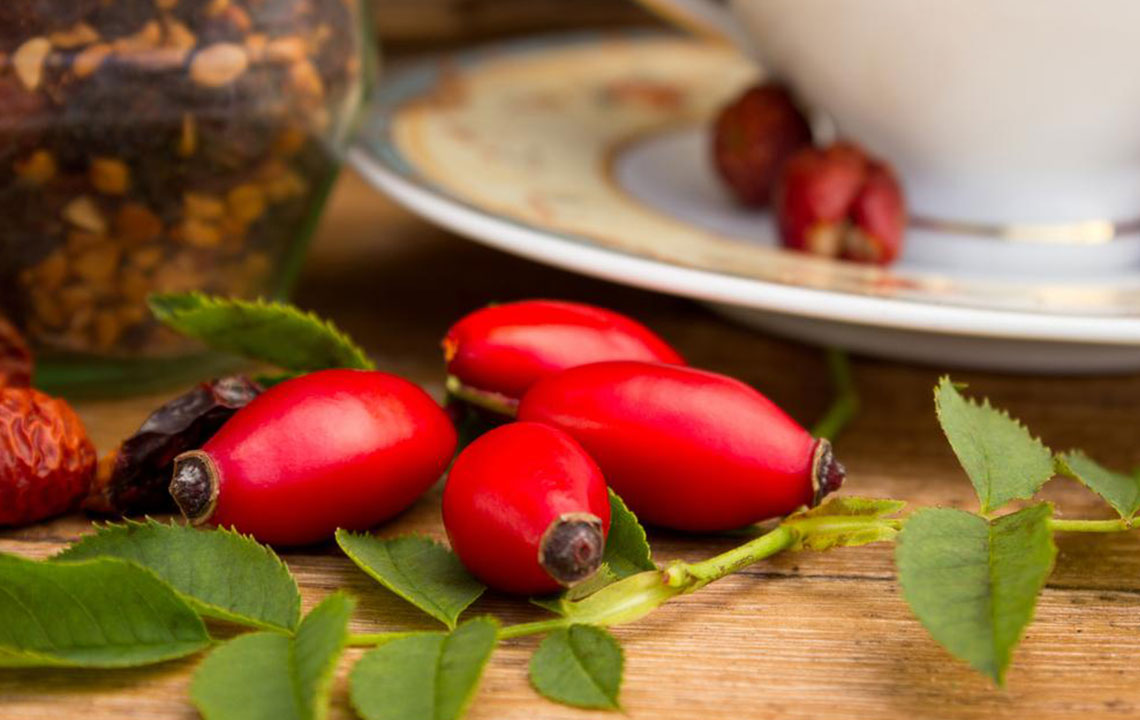Keep the Abdominal Pain at Bay with These Simple Home Remedies

Abdominal pains besides being bothersome, are tricky as well if you are clueless about the cause. The primary cause of abdominal pain ranges anything from irritable bowel syndrome to indigestion, and from GERD to gastritis etc.
Abdomen pain usually occurs in a person’s stomach and can vary in intensity from a slight stomach ache to chronic acute pain.
To add to the woes, the symptoms of abdominal pain might differ and include stomach ulcers, appendicitis, food poisoning, gallbladder diseases, cysts, fibroids, diverticulitis and various other vascular issues.
But before you hit the lows on how to treat the excruciating pain in your abdomen, here are a few effective home remedies for abdominal pain which are sure shot winners.
Let us take a closer look at the home remedies that help in reducing pain in the abdomen.
Take a Warm Sip of Your Chamomile Tea
Chamomile is one of the most recognizable remedy that can prove effective in eliminating abdominal pain by taking up the role of an anti-inflammatory (stomach lining can become terribly inflamed as the result of gastritis, caused by bacteria, for example) and by calming the muscles of the digestive tract which are smooth and lies in the upper part.
When it helps the muscle to relax, the contractions that are responsible for the pushing of the food through the system eases up a little and reduces the spasms and cramps pain.
What do You need?
- A Chamomile Tea Bag or 2 teaspoons of chamomile (dried)
- Hot water
- A mug
- Pour down the boiling water over a mug of tea-bags and keep it covered, allowing it to steep for at least 10 minutes or so. If you are using dry chamomile then throw few chamomile into a mug filled with hot water. Keep the mug covered for 20 minutes straight. Sip gently.
Use A Hot Pack
By hot we mean warm and not too hot or unbearable to sip. Heat, as you might know, helps to relax and loosen the muscles, so if you land up suffering from cramps, then applying warmth on the place can help you soothe the area.
Rice Water for Cramps
The water drained from the rice that you have cooked is what you coin as rice water. It basically acts like a demulcent, which is actually an inflammation calming substance that births a soothing barrier over the membrane, in this case—the stomach lining.
Enjoy Chewing on Some Mint
You would be surprised to know that mint works wonders for curing abdominal pain, besides you all time mouth-freshener. Fresh peppermint tea can help relax the muscles of the stomach. It is also known to improve the bile flow, which in turn is designed to help you digest well. This trick proves quite effective if one is suffering from bloating/gas or indigestion.
Warm Lemon Water
Lemon water helps cure abdomen pain effectively. You must be wondering how? The high acidic nature of lemon stimulates the hydrochloric acid production, which is responsible for breaking down the food.
By improving the HCL amount produced you are actually aiding the digestion to proceed at a steady pace. You also get the bonus advantage of hydration, which in turn preserves the health of the system besides keeping it flushed.
Tea Made From Ginger Root
Ginger is natural occurring chemical which is known as shoals and gingerols. The chemicals present in ginger helps in relaxing the smooth muscles, like the muscle lining the intestinal tract. This, in turn, provides relief to spasms of the stomach, disturbing stomach pain and cramps. Sipping some lukewarm tea can be quite effective in curing stomach cramp.
Chew Some Fennel Seeds
On an assumption that your abdomen pain has resulted from severe indigestion, chewing the seeds of fennel is one of the best ways to cure the pain, as they are known to possess a volatile oil known as anethole. This, in turn, triggers the stimulation of the juices produced by digestive tracts to help move the things along.
Also, fennel seeds lower the pain caused by inflammation under control. In case you are battling from gastritis or stomach inflammation, this might prove to be an effective relief from discomfort.
Just chew half to one seed of fennel after meal thoroughly. But if you pregnant, it is recommended to avoid fennel seeds.
Keep chronic abdomen away by trying these easy and simple abdominal pain remedies. In certain cases, the symptoms could worsen and the pain could be unbearable. If that is the case, consult a doctor immediately, as it could be something more serious.
If you have any allergy towards the above-mentioned remedies, avoid them.


